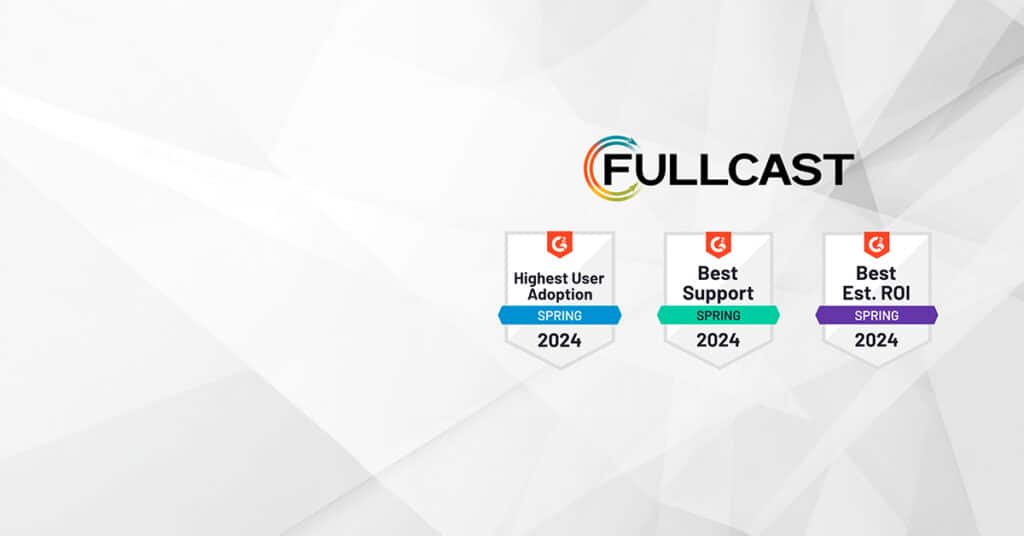As we all dust off our spreadsheets and get ready to head into the 2024 territory planning season, new trends in territory management promise to make your planning more efficient and your sales team more successful. So you don’t get left behind, here we explore what all the cool kids are doing.
Taking a Wartime Mindset
Where are you going to spend the majority of your time this planning season? Unfortunately for the tech industry, we’re in an era of cutbacks and rationalization and RevOps is often on the chopping block. During times like this, it’s all about revenue efficiency and there is no room to make strategic blunders. To survive, RevOps needs to prove its strategic value and present a strong ROI.
As a result, savvy RevOps leaders are moving from focusing strictly on tactical operations, but to more strategic concerns like territory planning, capacity planning, and quota and target setting. Territories, quotas, and capacity form the foundation of your GTM plan and are often the root cause of all revenue issues. Missed targets almost always stem from poor territory planning and management. It doesn’t matter how good your conversational intelligence, incentive compensation, or CPQ tools and processes are if you don’t have these fundamental elements right.
Reassessing Geographic Territories
Although geographic territories continue to be one of the most popular ways to organize your sales team, many organizations are realizing that there are much more efficient and equitable ways to reach their goals. Now that the pandemic is behind us (knock on wood) and many companies settle into permanent remote working models, there is no need to base your territories entirely on geography. There may be much better ways to segment your territories using criteria that matter more to your business.
Some of these territory balancing criteria include historical performance, revenue potential (expected bookings, ARR, ACV), customer type (based on size, such as annual revenue, number of employees, or internally-defined account tiers), account score, and others. Yes, managing all of this in spreadsheets will be challenging, but the availability of advanced territory management software is another enabler that is accelerating this shift.
Territories Aren’t Just for Sales Anymore
With the focus on customer retention and upsells, the limelight is shifting away from sales (well, kind of) to customer success. Even so, compared to the robust territory planning and modeling for sales, customer success resources are often assigned in a less strategic way. This can create imbalances that reduce the effectiveness of your team. For example, two customer support managers may have the same number of accounts, but one has multiple large accounts with high support needs making her overburdened and unable to adequately service those accounts, while another has a smaller and less complex book of business, making her idle.
Companies are recognizing the importance of optimizing CX books of business in a way that supports the GTM strategy. In many cases, they are treating CX planning like Sales planning and creating different territory plans for each of these critical revenue functions.
Automating GTM Execution
For many organizations, the territory plan is out of date minutes after the reps hit the pavement. That’s because revenue teams face a revolving door of change. Layoffs, departures, promotions, hiring, reorganizations, mergers, strategic shifts, and other unpredictable events continuously disrupt the plan.
Faced with these changes, RevOps is often struggling to keep up. It’s virtually impossible to keep execution in sync with the plan because too many organizations rely on spreadsheets, workflows, and point tools. For example, when a sales rep resigns, it can take days, weeks and sometimes even months to manage account reassignments and update lead routing. These inefficiencies drag the revenue organization down and make it impossible to hit sales targets.
In response to this, many organizations are automating GTM execution. At its most advanced stage, this involves creating rules-based policies that automatically execute the plan, without any effort on the part of the Ops team. In the aforementioned instance when a rep resigns, the system would automatically re-assign accounts and update routing. This ensures that territories are always optimized and keeps your reps motivated, productiv,e and hitting their revenue targets throughout the entire year.
Consolidating the RevOps Tech Stack
On average RevOps organizations have at least ten point tools. Yet despite all this investment, rep attainment levels are still at record lows. That’s not surprising because, as suggested above, too many point tools leads to technical complexity, reduced productivity, and a poor ROI on the investment. All this technical debt makes it difficult to operate efficiently and react with agility. As many RevOps organizations are being challenged to do more with less, tool consolidation is high on the task list. RevOps leaders are taking a good hard look at their tech stacks and turning to platforms that integrate multiple functions into one cohesive system.
You’ll have a hard time implementing any of these trends if you are still using a spreadsheet-driven territory planning process. Fortunately, it just so happens that territory management software is the perfect enabler. A territory management platform such as Fullcast makes it easy to integrate all your GTM planning activities (territories, quotas, and capacity) with ongoing operations (role changes, routing, holdouts, account hierarchies, etc). Automation frees the Ops team from manually executing updates so they can spend more time on strategy. The cycle time to implement a new territory plan or to make changes is reduced to zero, so your revenue team is always delivering efficient growth.











